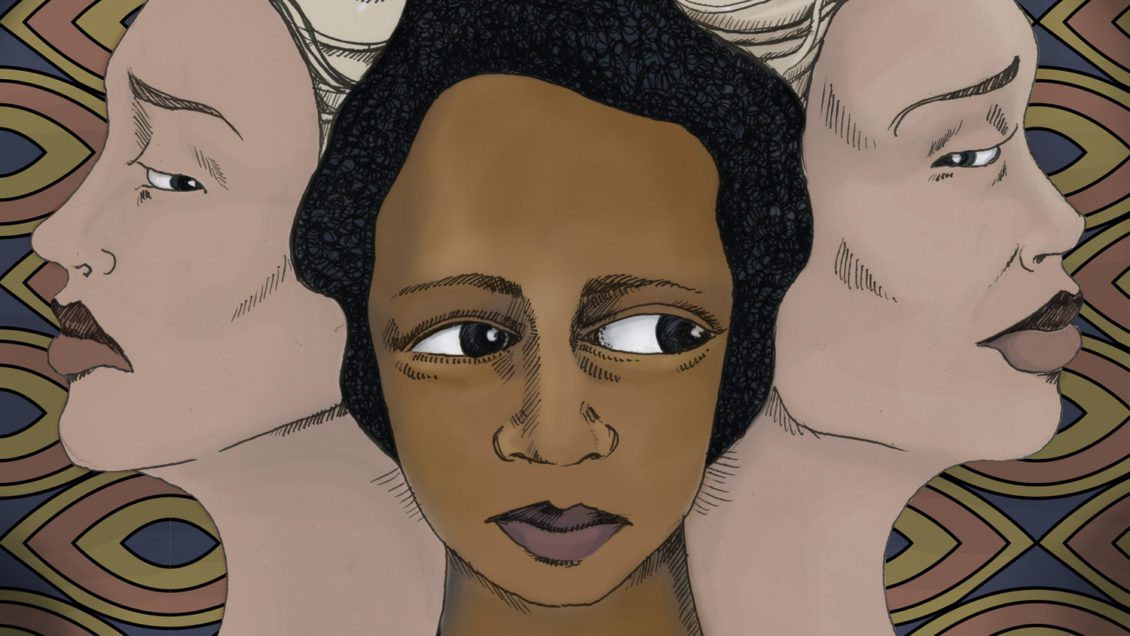
When industrial hog farms started locating in Tillery, an impoverished and predominantly Black community in eastern North Carolina, the residents told local and state officials the farms were causing environmental harm and making them sick.
Prove it, they were told.
Working with University of North Carolina Epidemiologist Steve Wing, they did just that, prompting state regulations for industrial hog farms, which protect communities from harmful pollution.
Now, the Clemson University Science Outreach Center (SOC) has been awarded a nearly $2 million National Science Foundation grant to work with Tillery community members to develop a graphic novel titled “When Spiderwebs Unite” that tells Tillery’s story. It will be the basis for an afterschool STEM club that empowers African American youth to identify problems in their own communities, conduct scientific investigations, and create and implement action plans to address those issues.
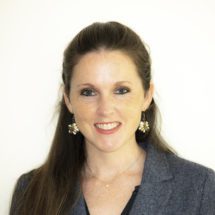
“We will use the Tillery community’s story as a springboard to engage students in discussion about their own experiences with inequalities. Youth will be empowered to understand their own experiences, to tell their own stories and to use science to engage in meaningful action for transformative change,” SOC Director Renee Lyons said.
The genesis of the My STEM My Story project came from research Lyons, a former high school science teacher, did for her dissertation.
“It’s well-known in the field that African American communities and communities of color are less likely to participate in citizen science projects, and I started asking questions about why that was,” she said.
Lyons conducted a qualitative research study examining citizen science projects that successfully engaged African American communities. Tillery was one of those projects.
Apprehensive about science
“They had a lot of apprehension about working with scientists because of Tuskegee and more recently having researchers who publish studies about negative aspects of their community who don’t give anything in return to benefit the community, betraying their trust,” Lyons said.
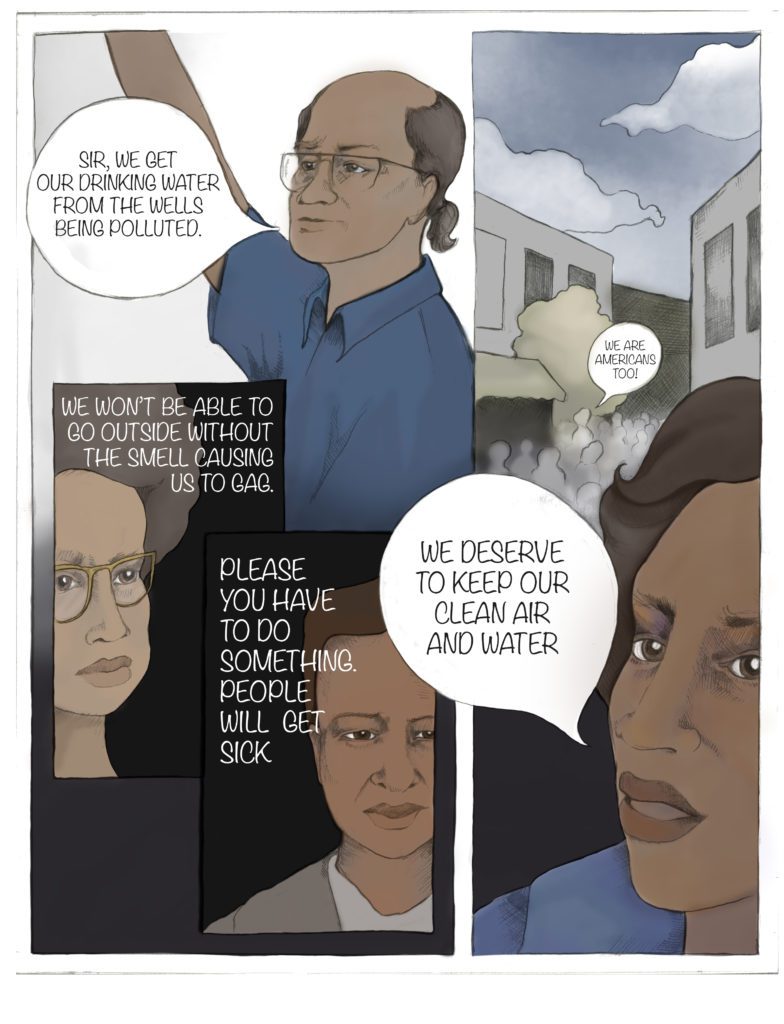
Tuskegee references the Tuskegee Study of Untreated Syphilis in the Negro Male sponsored by the U.S. Public Health Service and the Centers for Disease Control and Prevention. The study began in 1932 when there were no known effective treatments. But the study continued even after treatment with penicillin was widely available. Study participants were deceived into believing they were receiving treatment for the disease when they were not.
“When Spiderwebs United” documents how the Tillery residents overcame their mistrust for scientific researchers and how a white researcher was able to build trust with the community.
Powerful story
“The story is so powerful. I wanted to find a platform to share it with not only the public, but with youth,” said Lyons, who is the grant’s principal investigator. “STEM justice work is difficult with seemingly insurmountable setbacks and challenges. Tillery’s story helps youth acknowledge their own emotions, address their experiences, realize they are not alone and inspires them to collaborate with their community members to achieve justice.”
Lyons recruited two co-principal investigators: Corliss Outley, a professor in the Department of Parks, Recreation and Tourism Management and director of the REYSE (Race, Ethnicity, Youth and Social Equity) Collaboratory; and Rhondda Thomas, Calhoun Lemon Professor of Literature and faculty director of Call My Name: African Americans in Early Clemson University History project that documents and shares the stories of African Americans in Clemson University’s history.
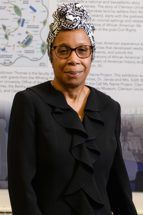
During the first year of the project, the project leaders will work with Tillery residents to develop the graphic novel’s narrative and art. While some of Lyons’ dissertation research will be used, Concerned Citizens of Tillery Director Gary Grant and Chair Gary Redding will also interview Tillery residents.
“We don’t want to hijack the community’s priorities in telling their story,” Lyons said.
A Tillery community advisory board will provide feedback on the graphic novel as it is being developed. Middle school youth participants in the afterschool STEM club will also provide feedback.
Greenville artist Brittany Kelly will illustrate the graphic novel, which is expected to be finalized by the end of summer 2025.
Graphic novels are effective ways to open communication, Thomas said.
Engaging response
“I think they can evoke a more engaging response to a narrative than simply reading text, especially for young people. This work does not just tell a story. It shares the story of a community that generally doesn’t have a voice,” she said. “Readers of the graphic novel will see them, hear them and learn about their experiences from their perspectives. We also hope the graphic novel will inspire other youth to create and enact plans to address issues of concern in their communities.”
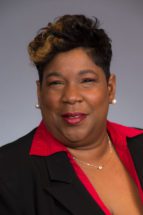
Project leaders have partnered with Urban League of the Upstate to create an afterschool STEM club curriculum that is built upon the graphic novel and components of radical healing. Urban League was selected to lead curriculum development because of their expertise and the team’s belief that it’s important the curriculum be developed within the local African American community.
Radical healing focuses on developing within youth a sociopolitical consciousness, wherein students learn to question structural inequality, racism and injustices that exist in society, Outley said.
Project leaders and STEM Ambassadors — undergraduate African American students majoring in STEM — will pilot the afterschool curriculum at Littlejohn Community Center in Clemson during the second and third year of the grant.
“We want to give our youth a change and opportunity with new science experiences,” said Adraine Jackson-Garner, the center’s executive director.
Relevant to all communities
After the pilot period, the project team and the Urban League of the Upstate will implement the STEM club curriculum at Seneca Middle School and Legacy Charter School in Greenville.
“This project is about environmental justice and so much more. The graphic novel is presented in a way that reflects the histories and traditions of one specific community and yet demonstrates how all communities can confront, challenge and change the environmentally abusive behavior of others in order to stop the destruction of our communities and our planet,” said Urban League of the Upstate President and CEO Gail Awan. “As an affiliate of the National Urban League, we seek to provide African American youth with out-of-school-time programs that increase critical thinking skills and explore the STEM field in meaningful ways.”
As part of the project, students in the afterschool STEM clubs will identify a school or community issue, investigate the cause of the problem, identify parties responsible for change and develop innovative solutions. The students will present their action plans to community agencies, organizations and governmental decision-making bodies.
“It’s important for young people to realize they can effect change individually and collectively, and that, despite the circumstances that children, particularly in Brown and Black communities, face, they can create a better life for themselves and generations to come,” Thomas said. “It’s important that young people realize the power of storytelling, of not allowing other people to control your narrative. I hope they learn there are tools available to make your story visible and valuable.”
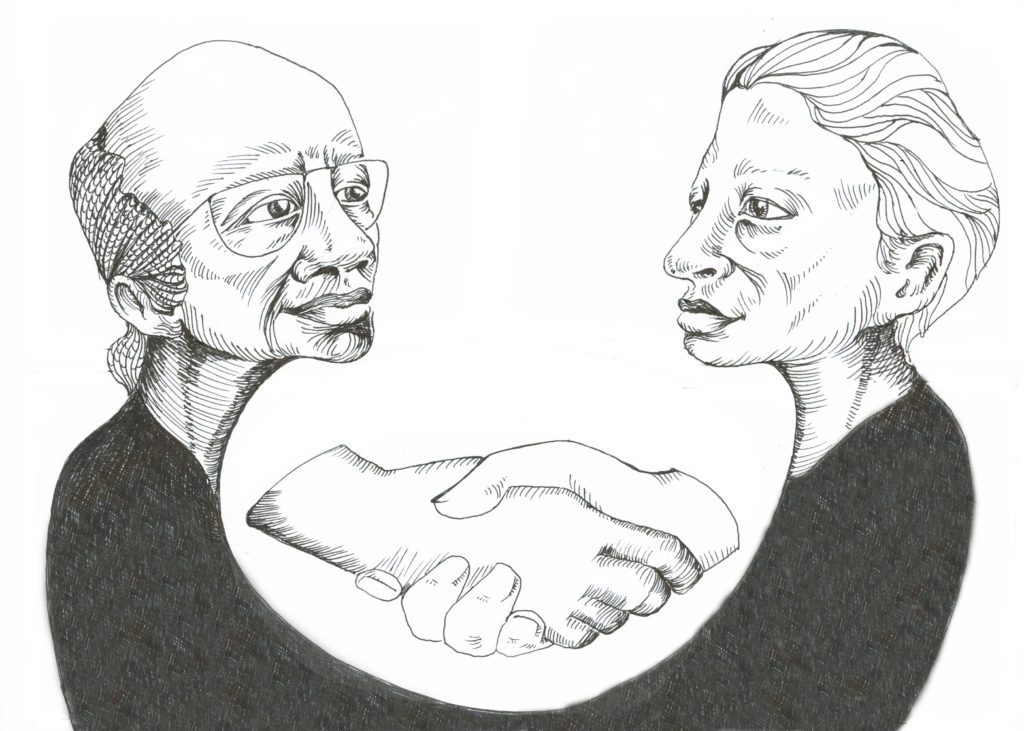
The College of Science pursues excellence in scientific discovery, learning, and engagement that is both locally relevant and globally impactful. The life, physical and mathematical sciences converge to tackle some of tomorrow’s scientific challenges, and our faculty are preparing the next generation of leading scientists. The College of Science offers high-impact transformational experiences such as research, internships and study abroad to help prepare our graduates for top industries, graduate programs and health professions. clemson.edu/science
Get in touch and we will connect you with the author or another expert.
Or email us at news@clemson.edu
